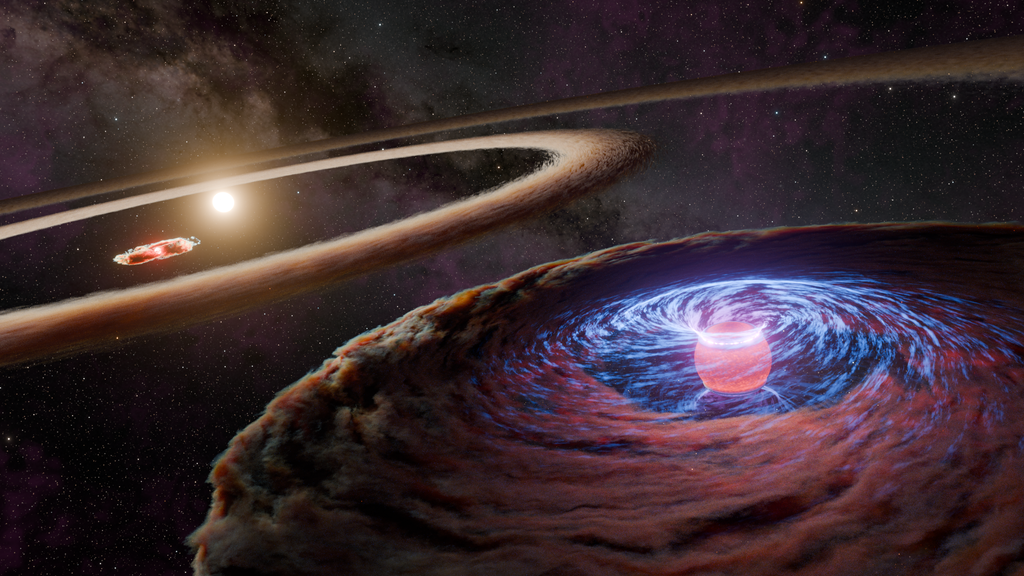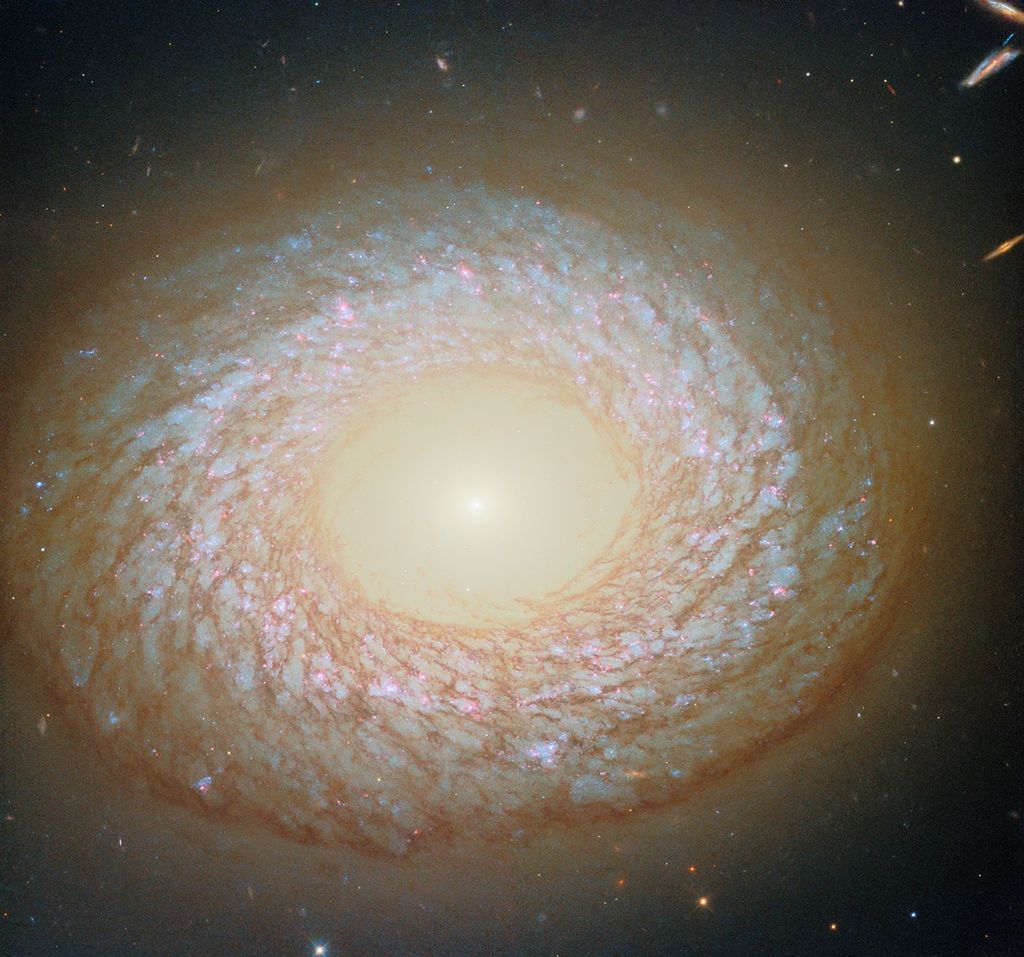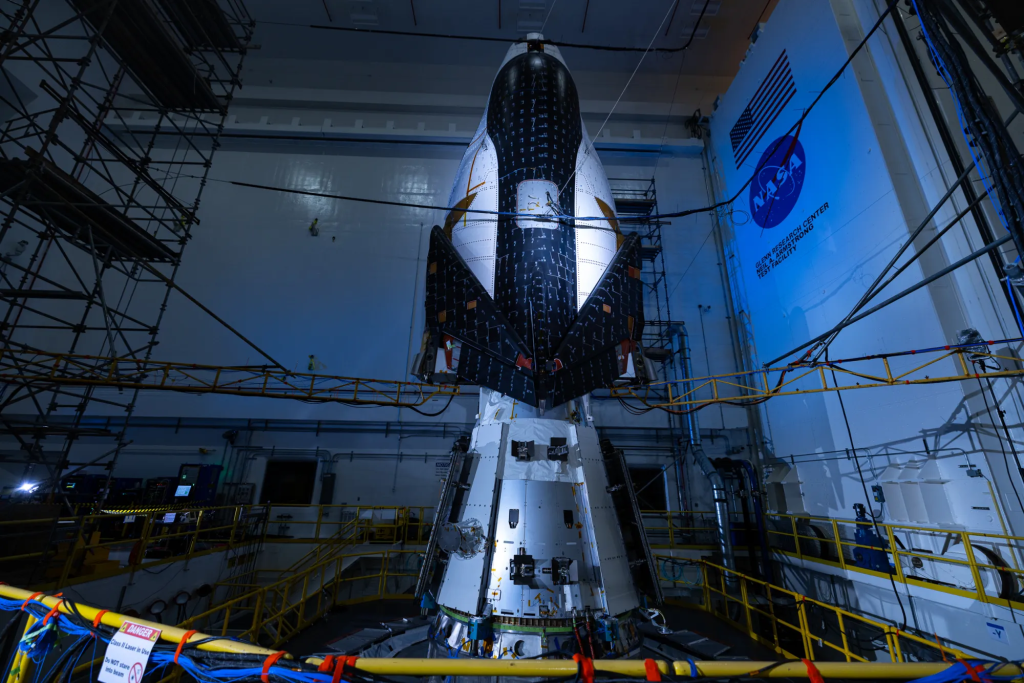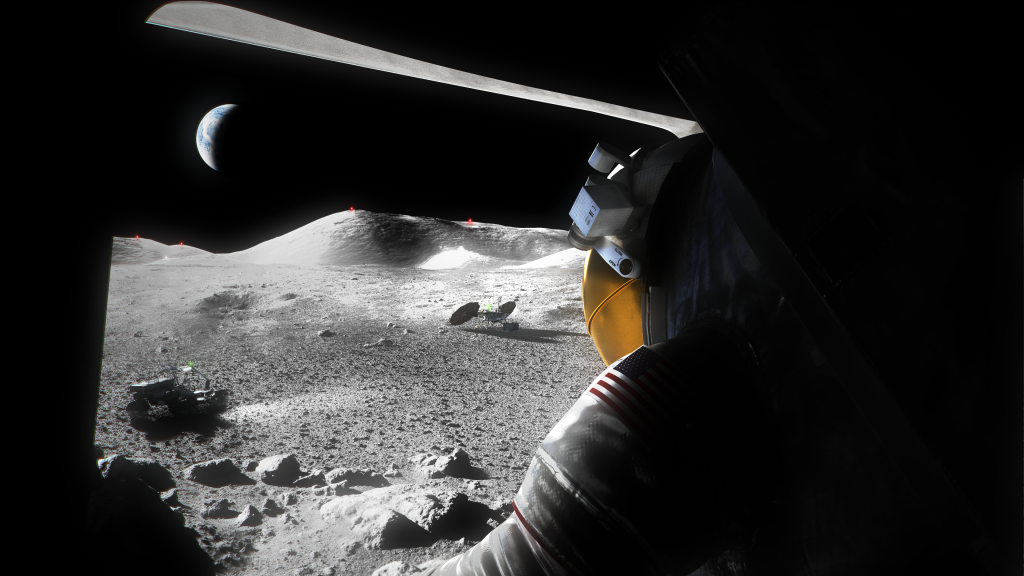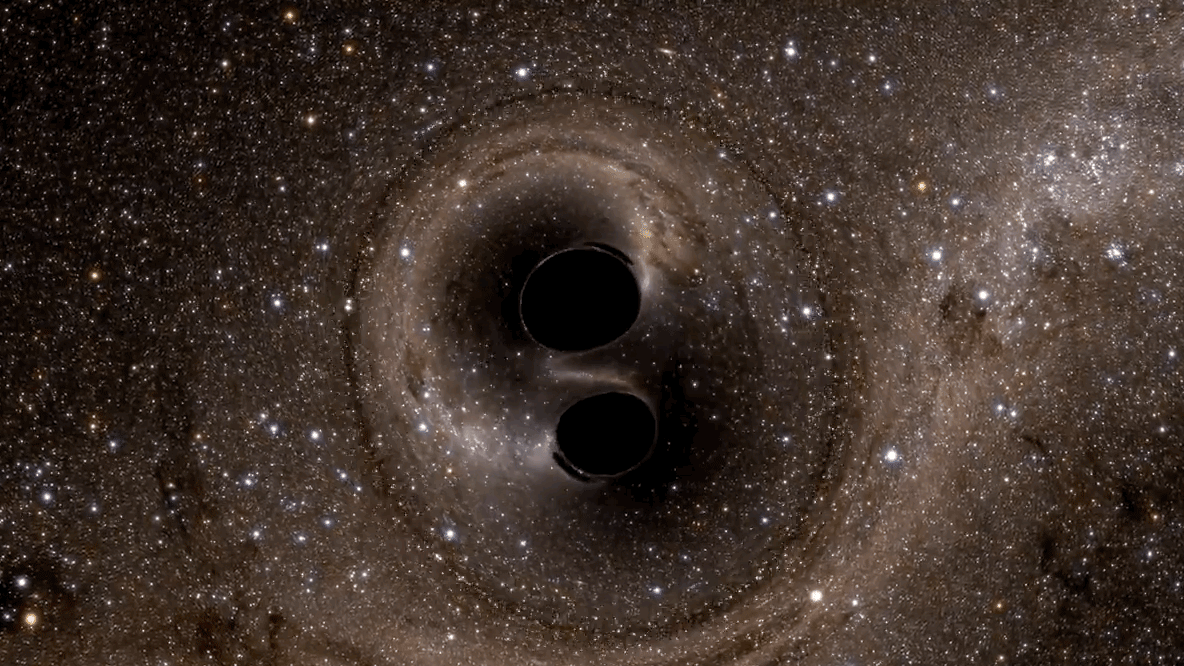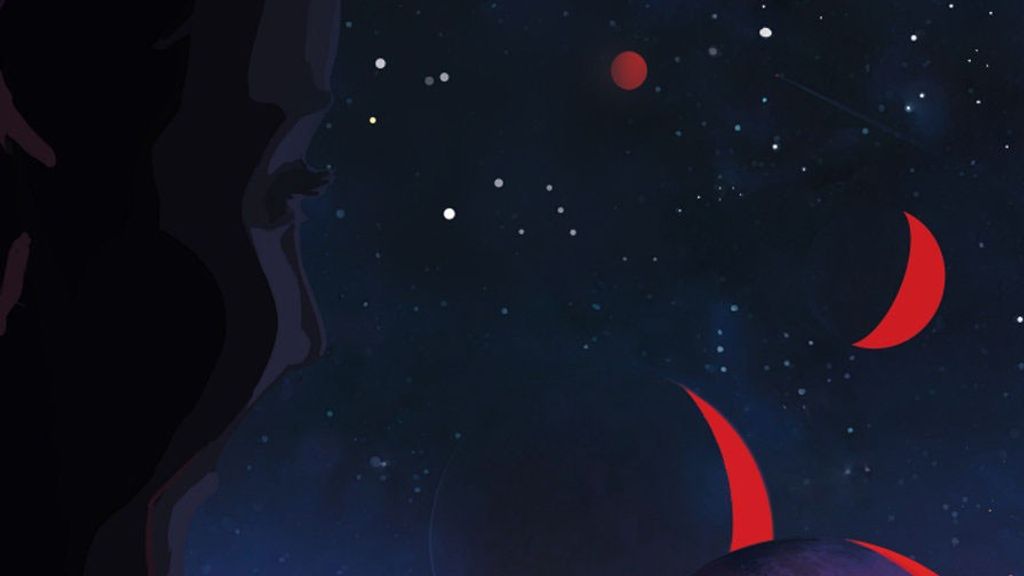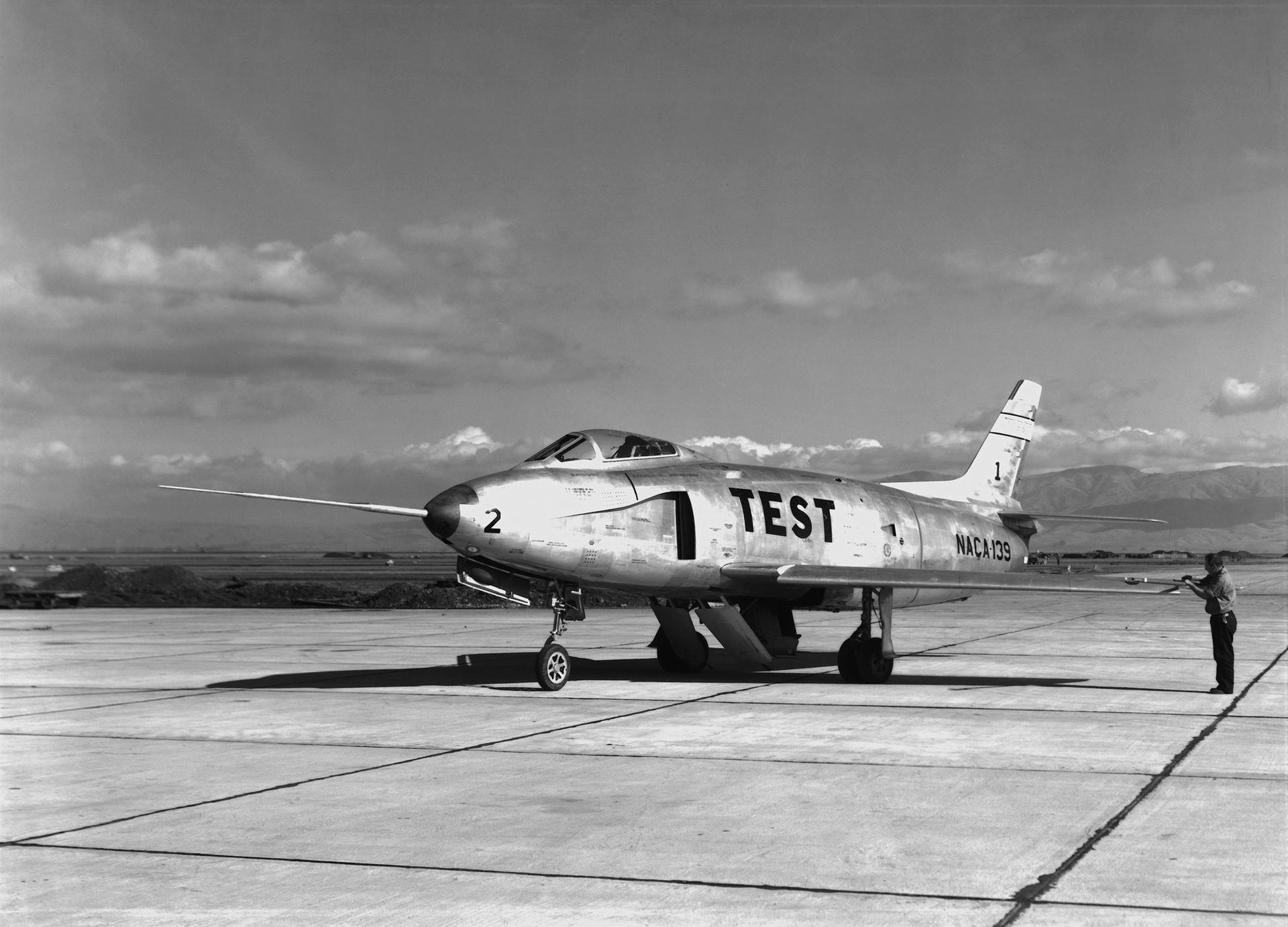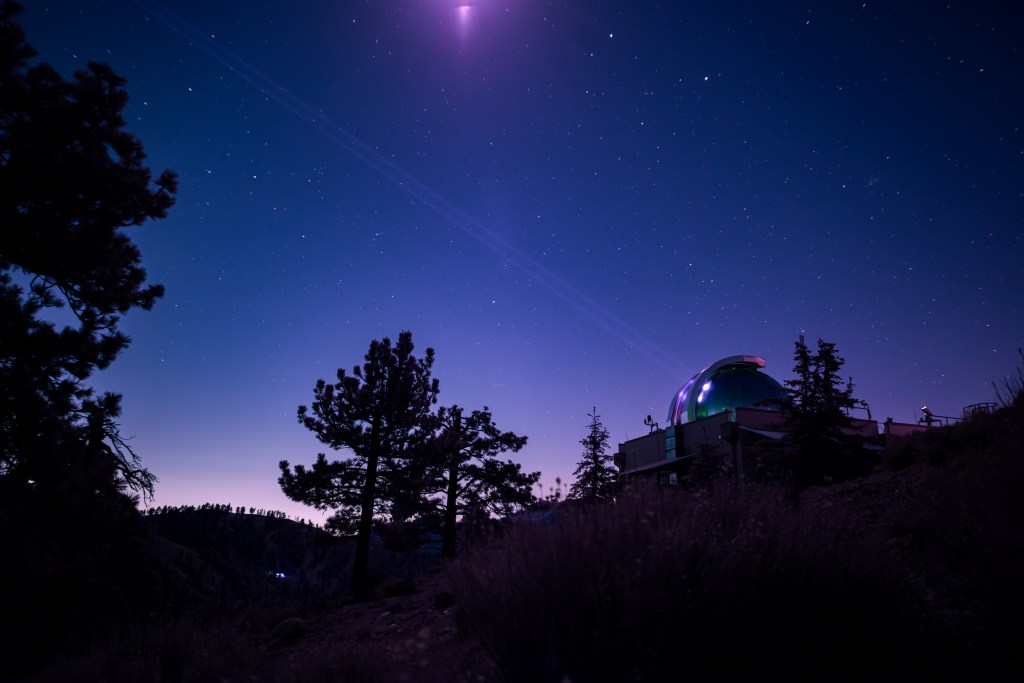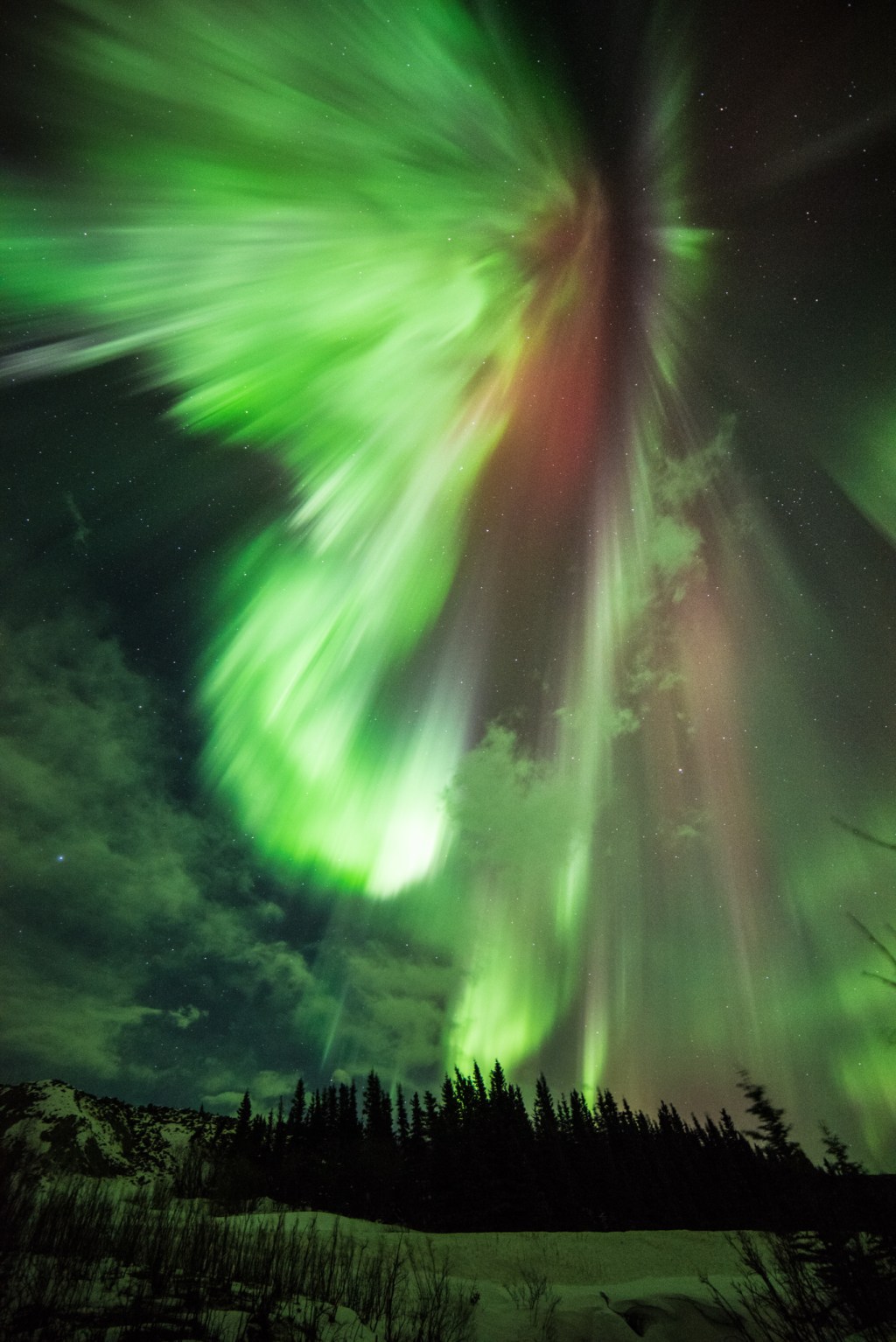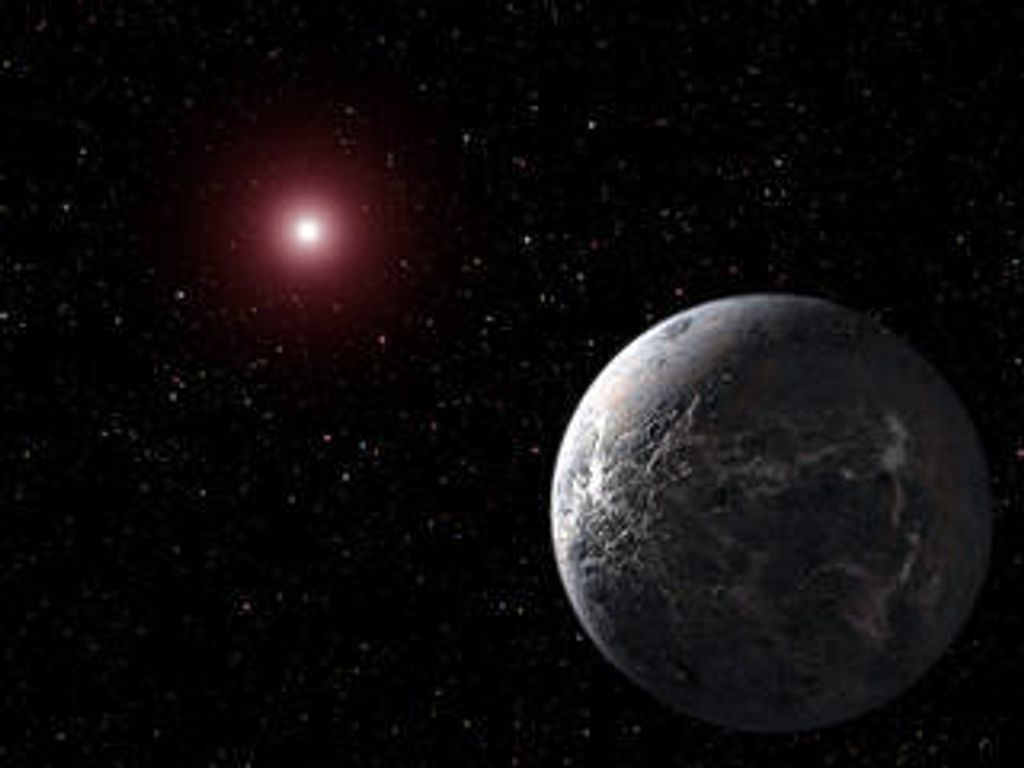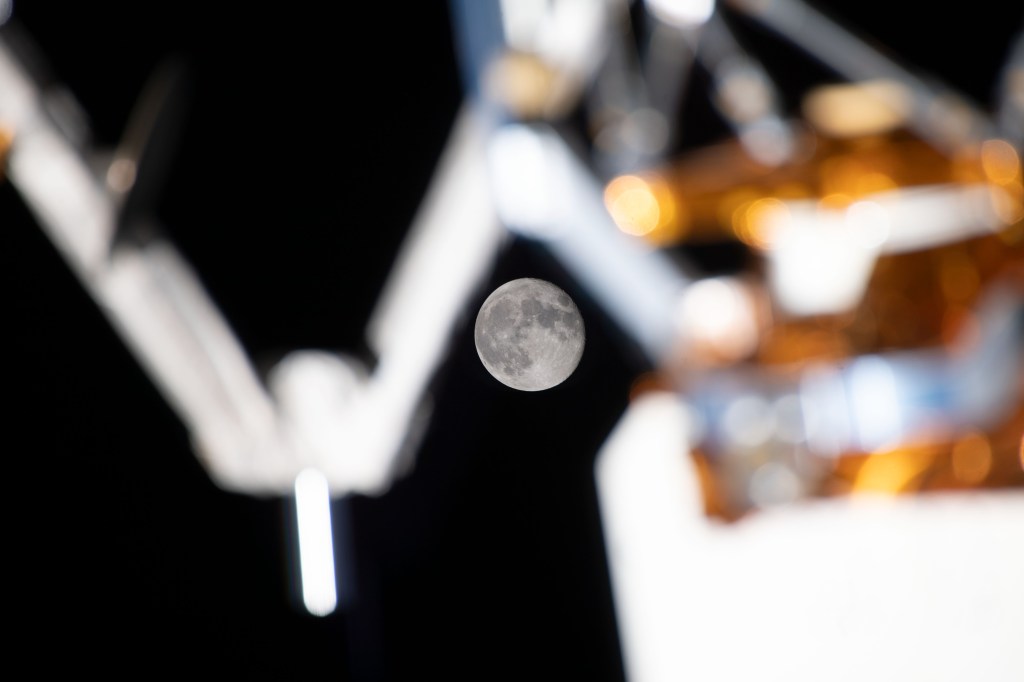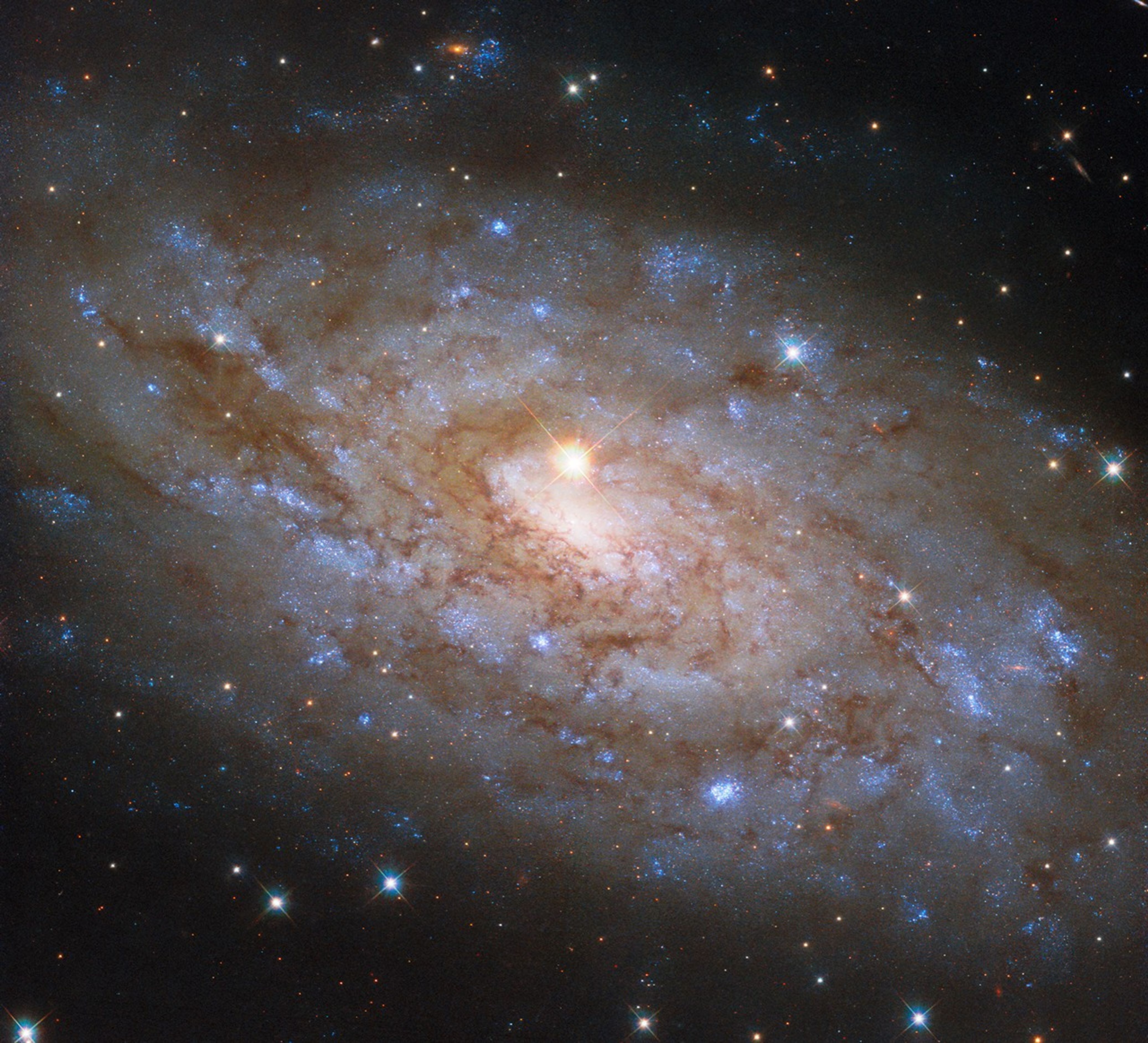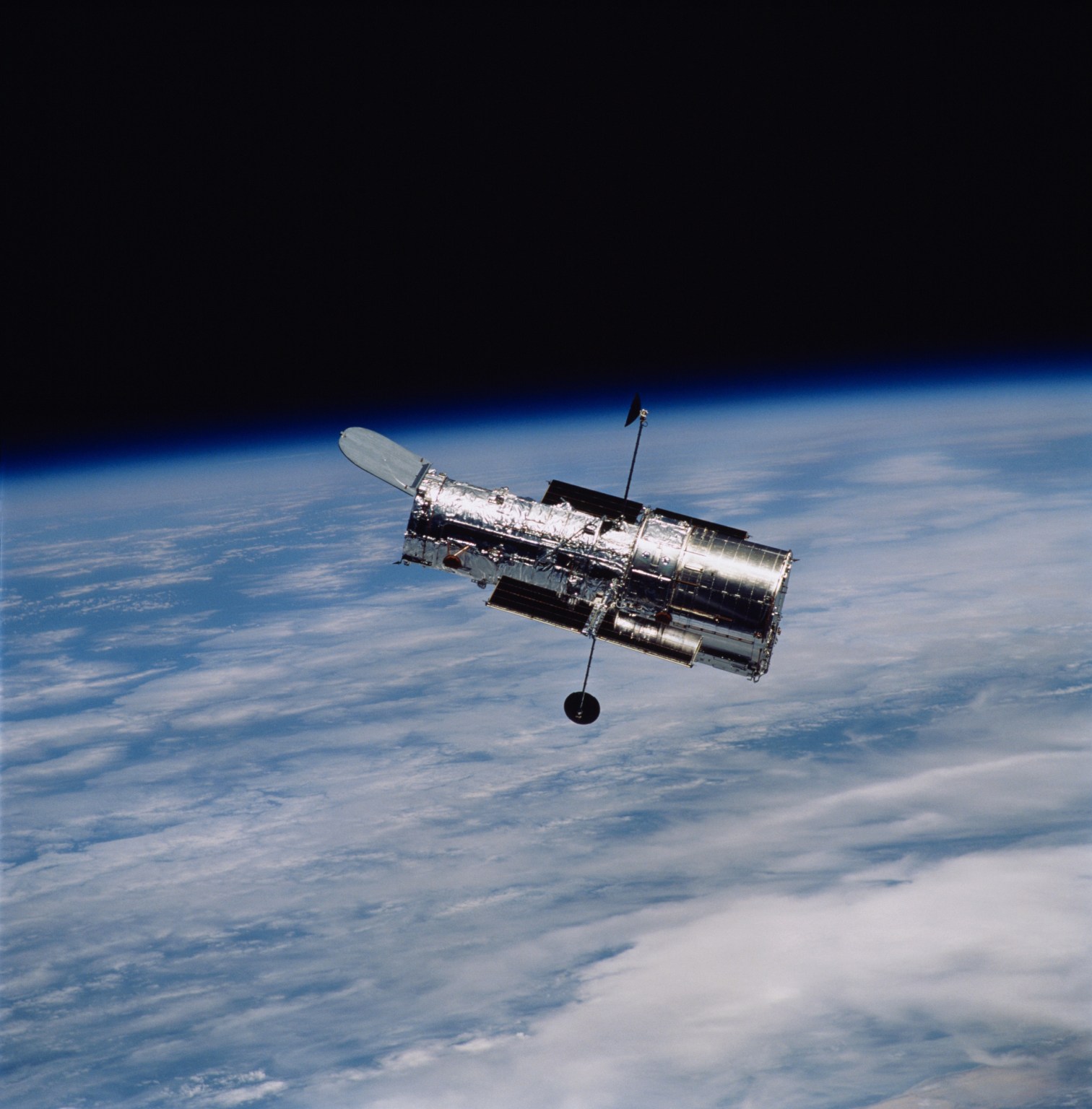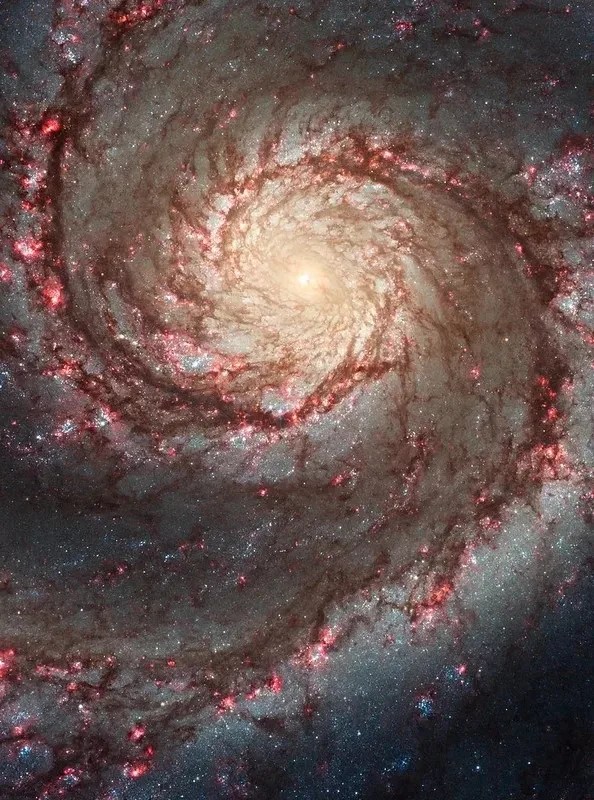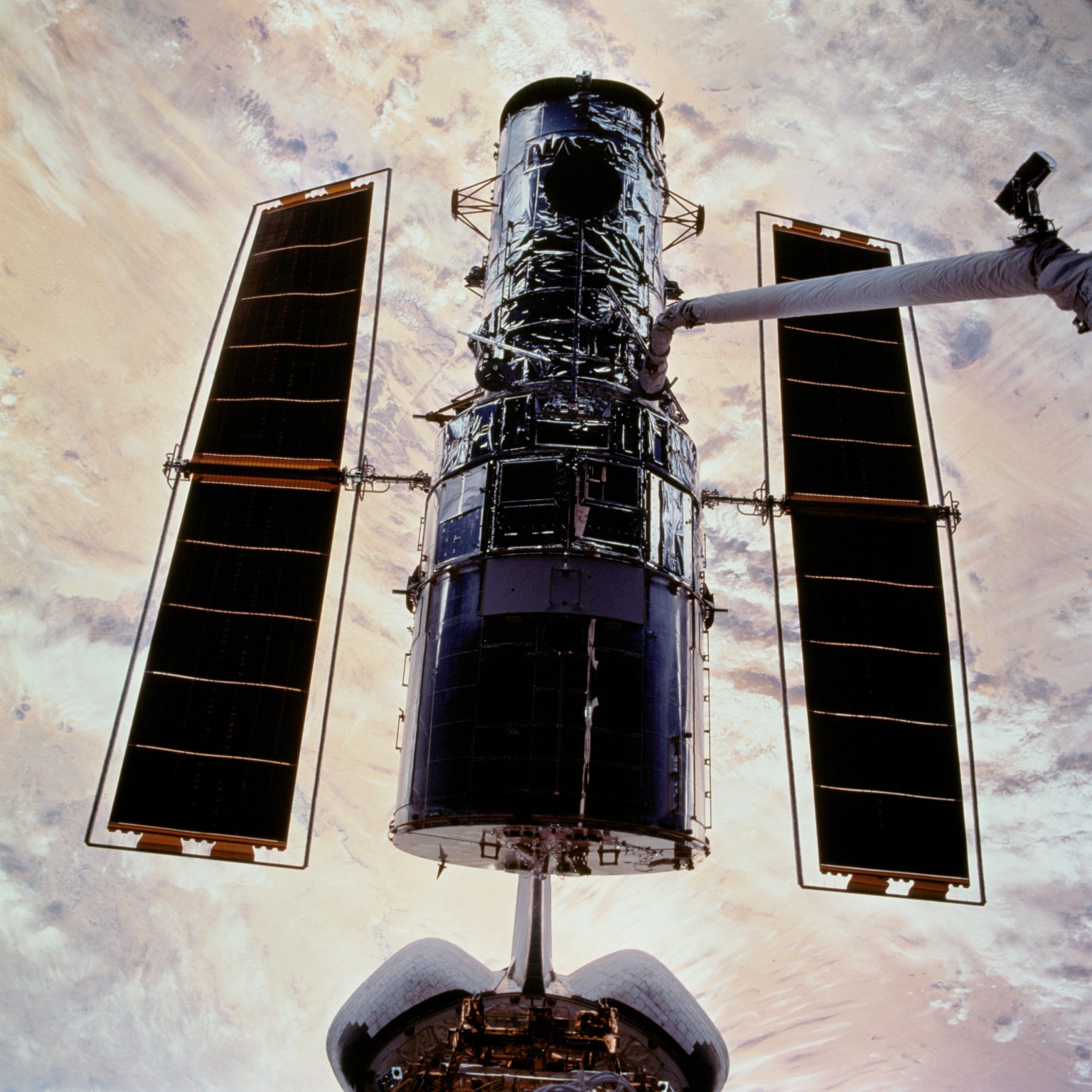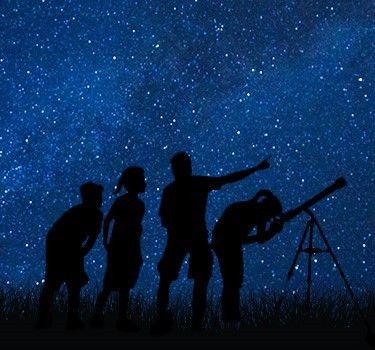The subject of today’s NASA/ESA Hubble Space Telescope image is the stunning spiral galaxy NGC 5530. This galaxy is situated 40 million light-years away in the constellation Lupus, the Wolf, and classified as a ‘flocculent’ spiral, meaning its spiral arms are patchy and indistinct.
While some galaxies have extraordinarily bright centers that host a feasting supermassive black hole, the bright source near the center of NGC 5530 is not an active black hole but a star within our own galaxy, only 10,000 light-years from Earth. This chance alignment gives the appearance that the star is at the dense heart of NGC 5530.
If you pointed a backyard telescope at NGC 5530 on the evening of September 13, 2007, you would have seen another bright point of light adorning the galaxy. That night, Australian amateur astronomer Robert Evans discovered a supernova, named SN 2007IT, by comparing NGC 5530’s appearance through the telescope to a reference photo of the galaxy. While it’s remarkable to discover even one supernova using this painstaking method, Evans has in fact discovered more than 40 supernovae this way! This particular discovery was truly serendipitous: it’s likely that the light from the supernova completed its 40-million-year journey to Earth just days before Evans spotted the explosion.
Media Contact:
Claire Andreoli (claire.andreoli@nasa.gov)
NASA's Goddard Space Flight Center, Greenbelt, MD

